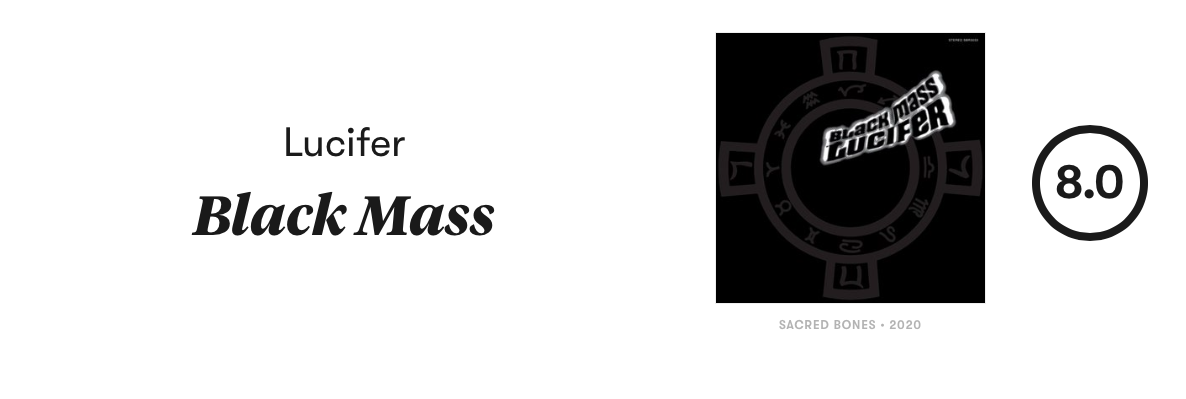These reissued electronic works by the ’70s Moog pioneer marry the fantastical and the everyday, the whimsical and the occult.

On July 20, 1969, Mort Garson began his 45th year on Earth hunkered around a television set with family and friends. It was, after all, the day of the Apollo 11 moon landing, but for Garson, the moment held special significance. Having been asked by CBS to compose a six-and-a-half-minute piece to accompany their coverage of the moonwalk, he spent his birthday soundtracking magnificent desolation. “The only sounds that go along with space travel are electronic ones,” Garson opined on the eve of the event, watched by 600 million people globally. “I used a big, symphonic sound for the blastoff and a pretty melody for the moon.”

Garson, who composed until his death in 2008, hadn’t always specialized in scoring feats of human endeavor. A classically trained Juilliard School graduate, the Canadian composer’s bread and butter was turning out jingles, TV themes, and the occasional hit like Ruby & the Romantics’ “Our Day Will Come.” Encountering the then-new Moog synthesizer—and its inventor Bob Moog—at a convention in early 1967 flipped the script entirely. A smitten Garson forked out $15,000 for one of the first models ever made and turned his Laurel Canyon home studio into his personal mission control center.

Reflecting on the state of electronic music at the time, musician and author Thom Holmes said, “No one really knew what direction to go in. The Moog did not come with an operator’s manual, literally.” As the ’60s fell out of view, and with no handbook to rip up, Garson could only be impeded by a lack of imagination. Luckily, he was a futurist invested in the radical potential of electronic sound. His modular explorations—fine-tuned on the cozy pocket symphonies of his 1976 opus Mother’s Earth Plantasia—conjured up a synthetic sphere where far-out filters and raw electricity went light-years beyond any lunar surface. “He was really fascinated by the newness and what this machine could do and how it sparked his creativity,” his daughter Day Darmet recalled. “I think it woke him up from a world of commercialism.”


